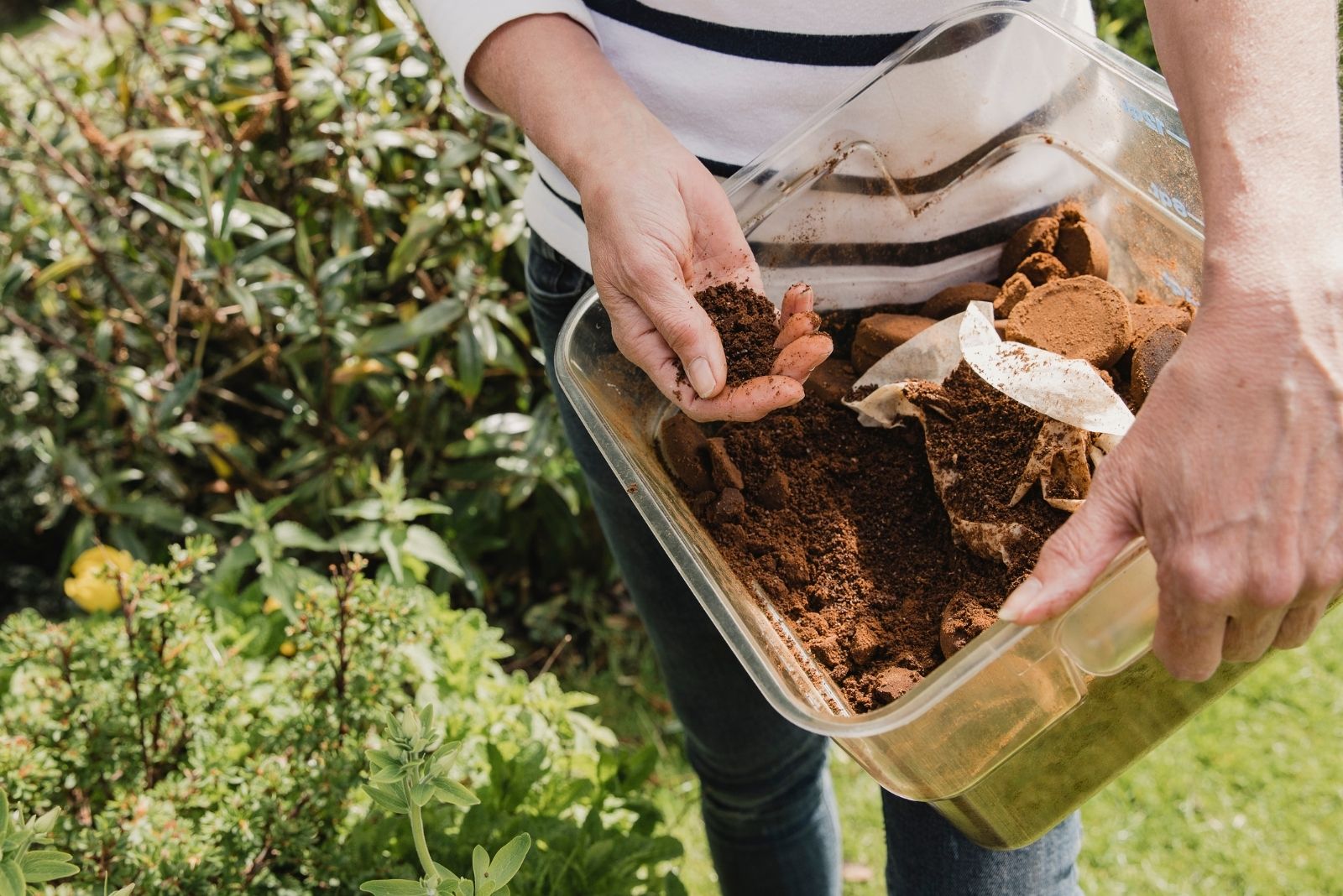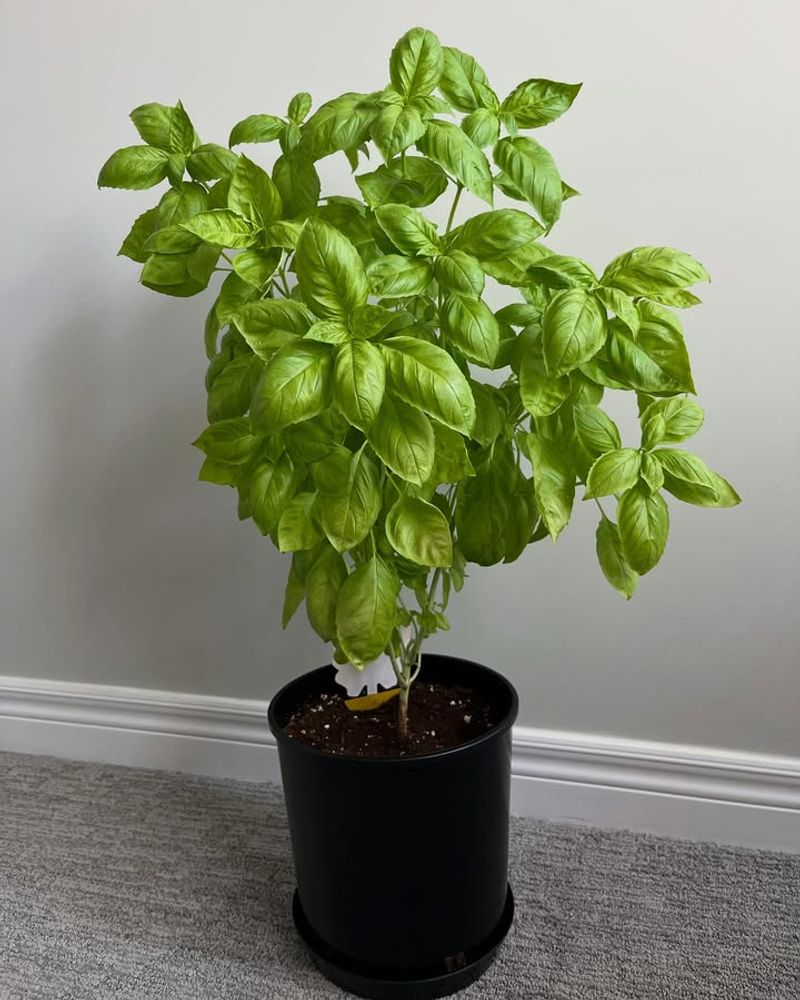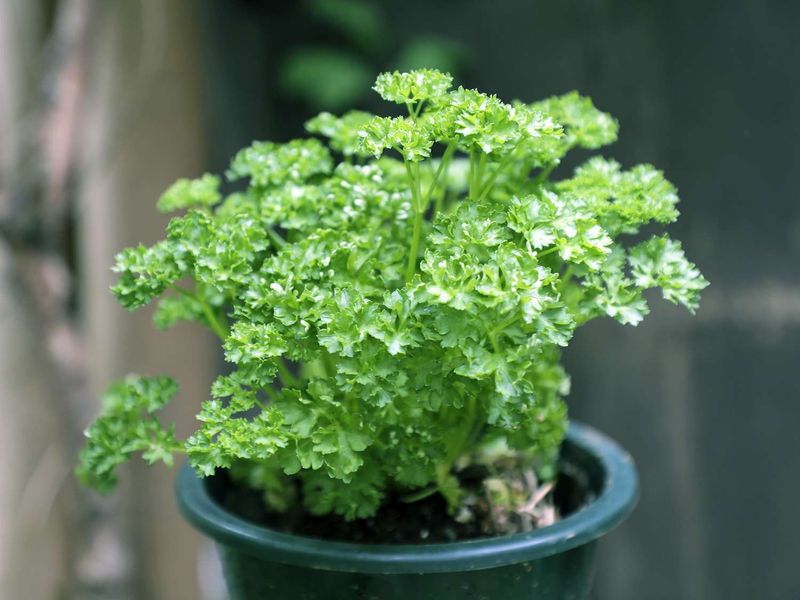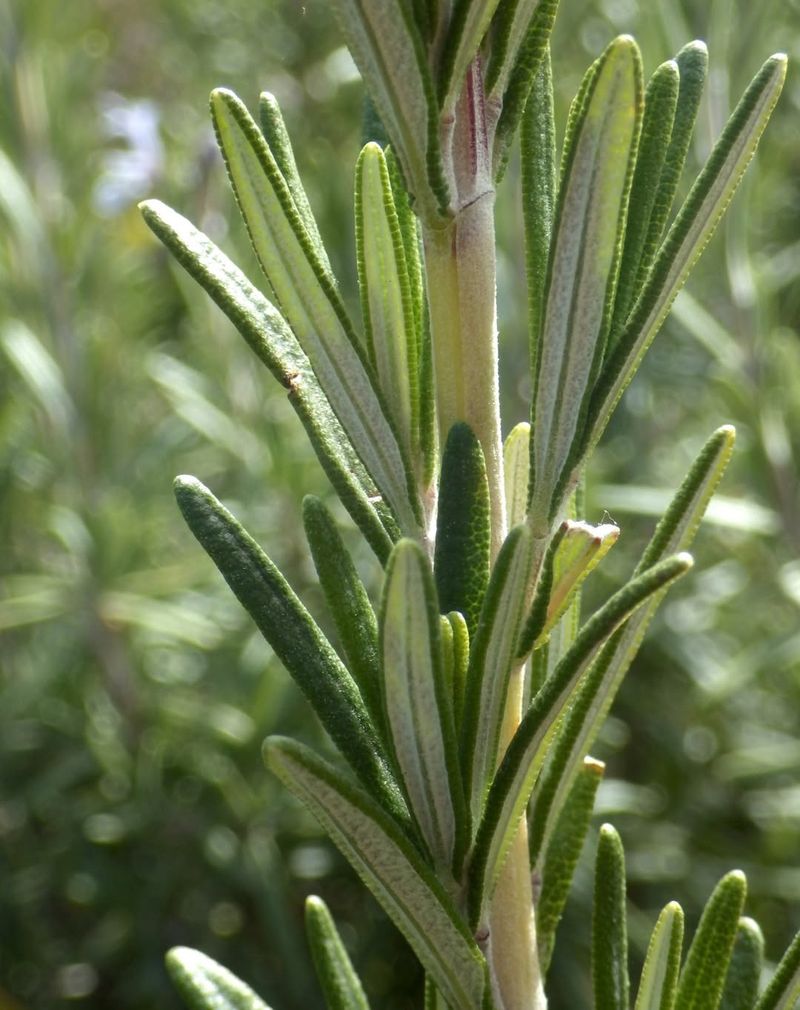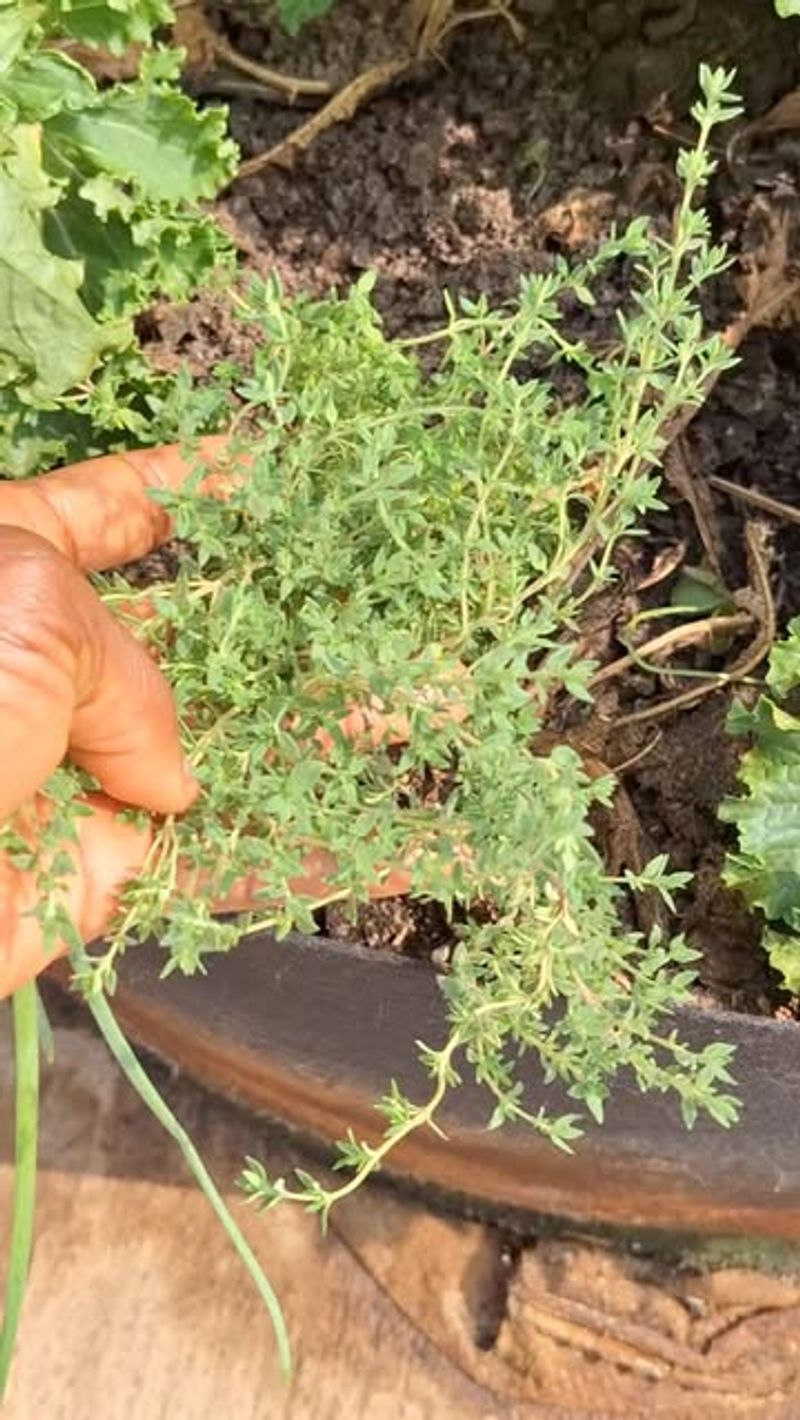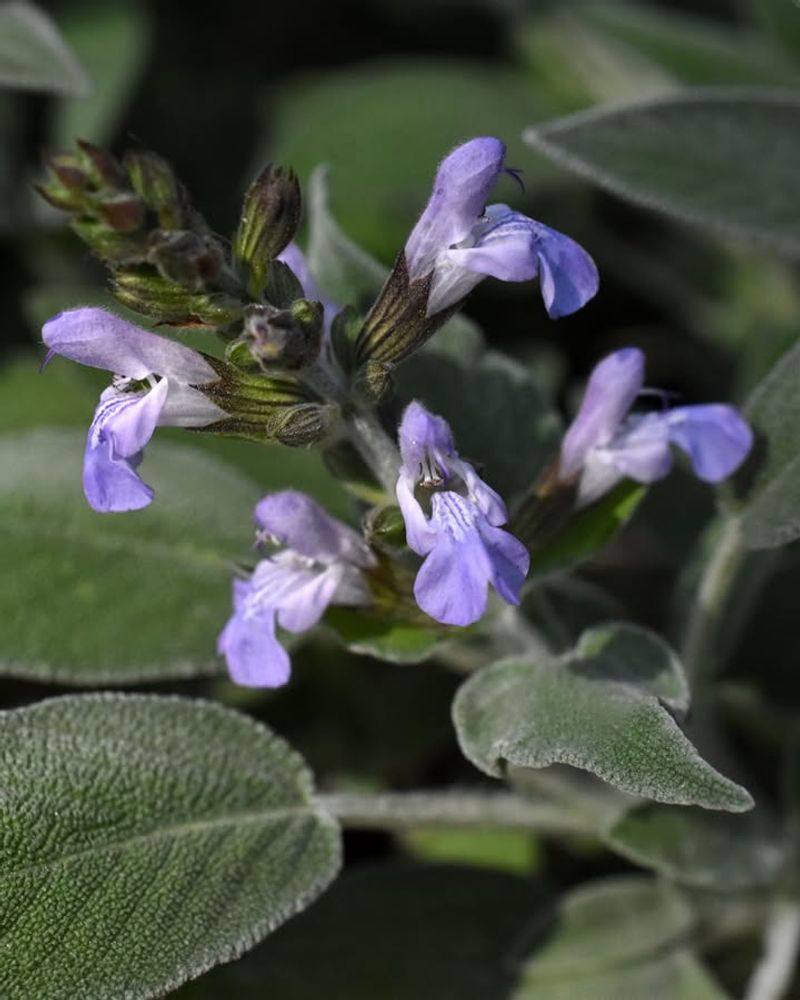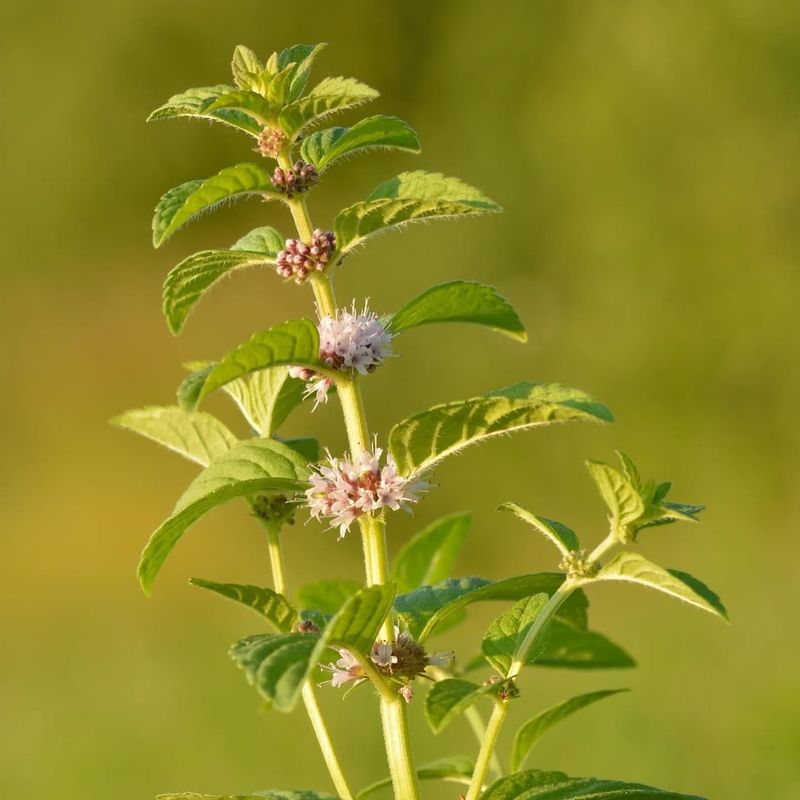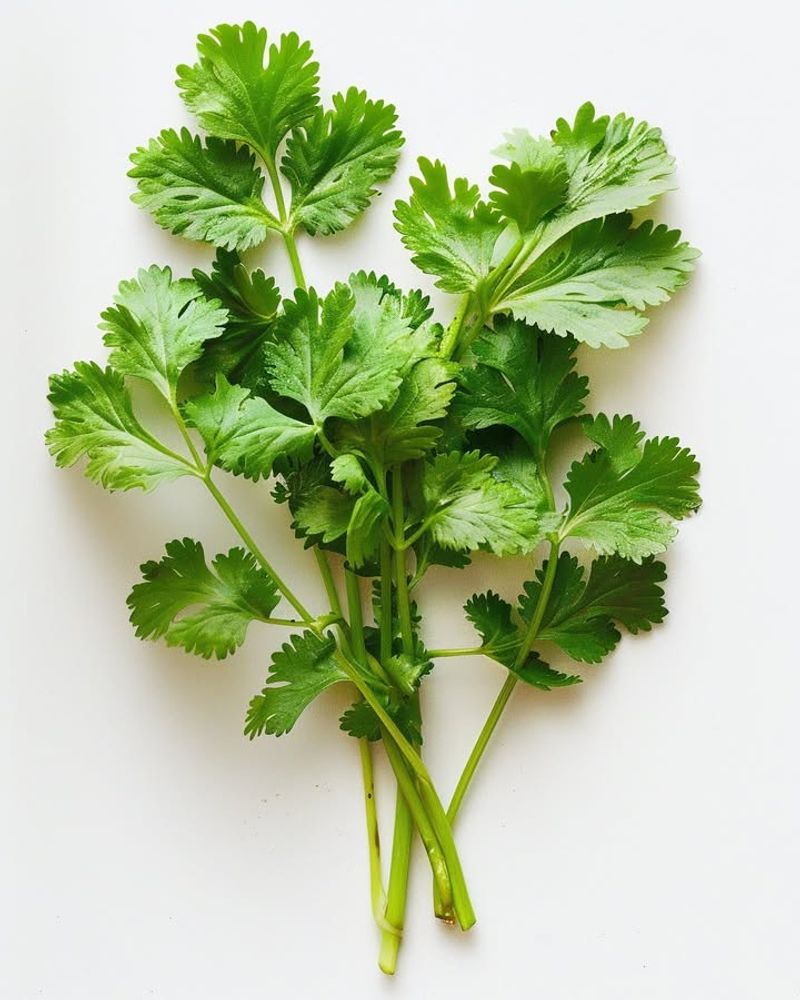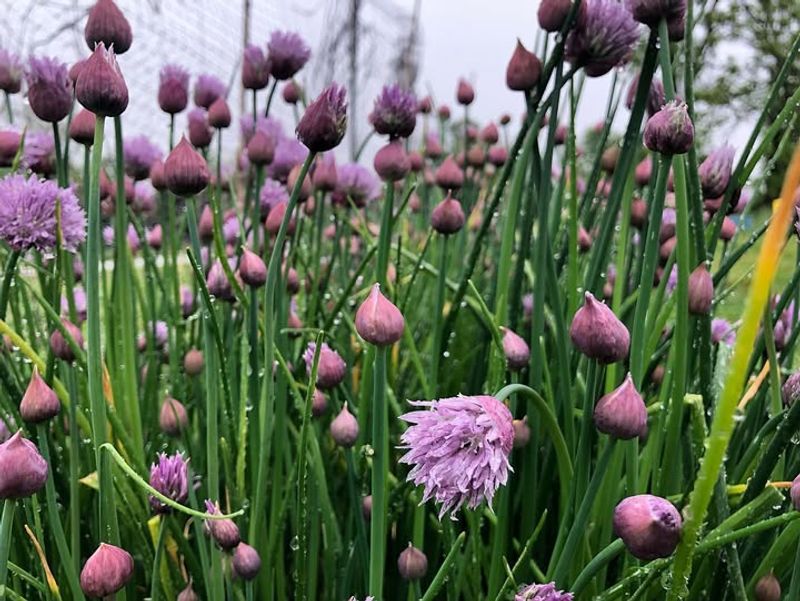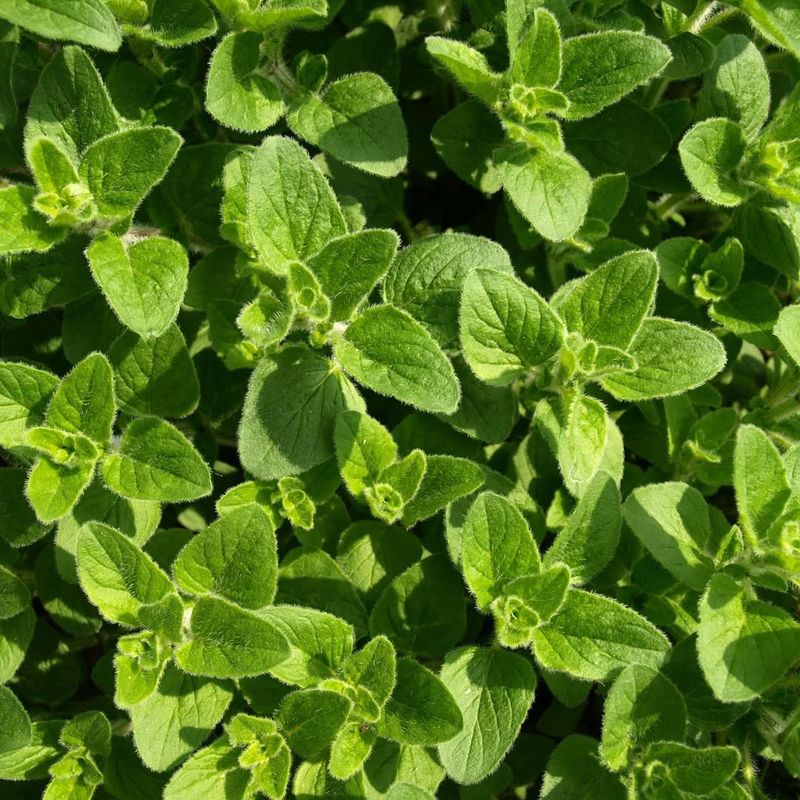Oregon’s rainy climate and naturally acidic soils make it a perfect place to grow herbs, especially when you give them a little boost with used coffee grounds.
Adding coffee grounds to your herb garden helps improve drainage, adds nitrogen, and keeps the soil slightly acidic—conditions many herbs absolutely love.
For me, recycling my morning brew into the garden feels like a simple win for both my plants and the environment. Here are nine herbs that thrive when you sprinkle those grounds around their roots.
1. Basil
Adding coffee grounds around your basil plants gives them the nitrogen boost they crave during Oregon’s cooler spring months. I’ve noticed my basil grows bushier and greener when I mix a thin layer of grounds into the top inch of soil every few weeks.
Basil loves slightly acidic conditions, and coffee grounds help maintain that balance without making the soil too heavy. Just avoid piling them on too thick, or they can create a barrier that holds too much moisture.
This herb responds quickly to organic matter, so you’ll see healthier leaves and stronger stems within a couple of weeks.
2. Parsley
Parsley has a reputation for being slow to germinate, but once it’s established, it becomes a reliable producer in Oregon gardens. Coffee grounds help lighten clay-heavy soils, which parsley roots appreciate as they spread and deepen.
What works best for me is mixing used grounds with compost before planting parsley seedlings. This creates a nutrient-rich base that encourages strong root development without overwhelming young plants.
Since parsley is a heavy feeder, the slow-release nitrogen from coffee grounds keeps it lush and productive throughout the growing season.
3. Rosemary
Rosemary thrives in well-drained soil, and coffee grounds help improve drainage in Oregon’s often waterlogged garden beds. I usually add a handful of grounds around the base of my rosemary every month or so, especially during the rainy season.
This Mediterranean herb prefers slightly acidic to neutral pH, so coffee grounds work perfectly without pushing the soil too far in either direction. Rosemary also benefits from the organic matter breaking down slowly, which feeds beneficial microbes in the soil.
Healthy roots mean stronger plants that can handle Oregon’s occasional cold snaps better.
4. Thyme
Thyme is one of those herbs that doesn’t ask for much, but it rewards you with tons of flavor when you give it good drainage and a little organic boost. Coffee grounds help aerate heavy soils, which thyme roots absolutely need to stay healthy.
In my garden, I sprinkle a light layer of grounds around thyme plants in early spring and again in midsummer. This keeps the soil from compacting during Oregon’s wet months and adds just enough nutrients without overfeeding.
Thyme stays compact and aromatic when the soil conditions are right.
5. Sage
Sage grows beautifully in Oregon gardens when the soil drains well and stays slightly acidic. Coffee grounds help create those conditions, especially in raised beds where I’ve mixed them into the top few inches of soil before planting.
This herb doesn’t need heavy feeding, so using coffee grounds sparingly works best. I add a thin layer every few weeks during the growing season, and that’s usually enough to keep my sage plants bushy and productive.
Sage also benefits from the antimicrobial properties in coffee grounds, which can help suppress certain soil-borne diseases.
6. Mint
Mint is a vigorous grower that loves rich, moist soil—exactly what coffee grounds help create in Oregon’s climate. I grow my mint in containers to keep it from taking over, and I mix grounds into the potting soil every spring.
The nitrogen in coffee grounds keeps mint leaves vibrant and full of flavor, which is perfect if you’re using it fresh in teas or recipes. Mint also tolerates slightly acidic conditions, so the grounds won’t throw off the pH balance.
Just make sure the soil drains well, or mint roots can rot in Oregon’s heavy rains.
7. Cilantro
Cilantro grows quickly in Oregon’s cool spring and fall weather, and coffee grounds give it the nutrient boost it needs to produce tender, flavorful leaves. I’ve found that mixing grounds into the soil before planting helps cilantro establish faster and stay productive longer.
This herb prefers slightly acidic to neutral soil, so coffee grounds fit right in without causing any pH issues. Cilantro also benefits from the improved soil structure that grounds provide, which helps prevent bolting in warmer months.
For me, cilantro paired with coffee grounds means a steady harvest all season long.
8. Chives
Chives are one of the easiest herbs to grow in Oregon, and they respond beautifully to the slow-release nitrogen coffee grounds provide. I sprinkle a light layer of grounds around my chive clumps in early spring, and they come back thicker every year.
This herb tolerates a range of soil conditions, but it grows best in slightly acidic, well-drained soil enriched with organic matter. Coffee grounds help maintain that balance while also deterring some pests like aphids.
Chives stay productive and flavorful when the soil is healthy and rich.
9. Oregano
Oregano thrives in well-drained, slightly acidic soil, making coffee grounds a natural fit for Oregon gardens. I add a handful of grounds around my oregano plants every few weeks during the growing season, and they stay compact and full of flavor.
This herb doesn’t need heavy feeding, so a light application of coffee grounds is plenty. Oregano roots benefit from the improved drainage and aeration that grounds provide, especially in clay-heavy soils common in Oregon.
Healthy oregano plants produce more essential oils, which means stronger flavor in your cooking.

